目录
Writer抽象类OutputStreamWriter 实现类
关于内容的读写
关于读InputStream
1. 直接读取(以二进制数据的方式读取,表现在代码中 byte为单位)
2. 文本读取
1. java.io.InputStream 输入流2. 本身是一个抽象类,真正使用过程中要依赖这个抽象的具体实现子类
FilelnputStream关于文件的输入流
3. 抽象模型
4.要记得关闭
is.close()
import java.io.FileInputStream; import java.io.InputStream; import java.util.Arrays; public class Demo4 { public static void main(String[] args) throws Exception { InputStream is = new FileInputStream("./hello.txt"); // FileInputStream 赋值给 InputStream,是因为有继承关系 // FileInputStream是InputStream的下级类 // 准备水桶 // 1024 代表能接 1024 滴(字节)水,我们准备好桶的容量 byte[] buf = new byte[1024]; // n是真正接到多少(字节)的水 // n >= 0&& n < 1024 int n = is.read(buf); //12 System.out.println(n); // 真正的数据放在 buf 从 [0, 12) byte[] bytes = Arrays.copyOf(buf, n); for (byte b : bytes) { System.out.printf("%02x\n", b); } is.close(); } }windows 上的换行默认是“\r\n"也写作CRLF
如何利用InputStream进行二进制数据的直接读取
1)一个字节
2)一次读一批
理解EOS (-1)
End Of Stream(EOS)
除了要接水之外,我们还需要一个明确的信号(说明肯定不会有新的数据了)
End Of Stream(EOS)
如果这次接了0滴水
A.是暂时现在没水了?——0B.还是以后永远没水了?—— -1
一次读一滴
import java.io.FileInputStream; import java.io.InputStream; public class Demo5 { public static void main(String[] args) throws Exception { InputStream is = new FileInputStream("./hello.txt"); while (true) { int data = is.read(); if (data == -1) { // 所有数据都被读完了 break; } // 否则,data 就是我们取到的数据 byte b = (byte) data; System.out.printf("%02x\n", b); } is.close(); } }
一次读一桶
import java.io.FileInputStream; import java.io.InputStream; public class Demo6 { public static void main(String[] args) throws Exception { InputStream is = new FileInputStream("./hello.txt"); byte[] buf = new byte[5]; while (true) { int n = is.read(buf); // n == 0 只是本次没数据,以后还有 // n == -1 本次没数据,以后也没数据了 if (n == -1) { // 代表数据全部读完 break; } for (int i = 0; i < buf.length; i++) { byte b = buf[i]; System.out.printf("%02x\n", b); } } is.close(); } }
处理文本数据(字符数据)
处理文本数据(字符数据)
ASCII、Unicode、UTF-8、GBK (GB18030、GB2312)
字符集(char set)
字符编码规则(char encoding)
计算机中的数据<->数字(有范围的整数)
图像、声音、文字->数字
如果每个人都定义自己的字符集,实际上没有任何的意义。
所以,总是由标准委员会来规定好一个字符集,大家一起遵守!
所以才有各种各样的标准字符集的出现!
文件内容中填充中文的读操作
public class Demo8 { public static void main(String[] args) throws Exception { try (InputStream is = new FileInputStream("./test.txt")) { byte[] bytes = new byte[1024]; int n = is.read(bytes); String s = new String(bytes, 0, n, "UTF-8"); System.out.println(s); } } }
利用 Scanner 进行字符读取
Scanner scanner = new Scanner(System.in);
import java.io.FileInputStream; import java.io.InputStream; import java.util.Scanner; public class Demo8 { public static void main(String[] args) throws Exception { try (InputStream is = new FileInputStream("./test.txt")) { try (Scanner scanner = new Scanner(is, "UTF-8")) { while (scanner.hasNextLine()) { String line = scanner.nextLine(); System.out.println("|" + line + "|"); } } } } }
关于写OutputStream
内存的写速度远远快于硬盘的写速度。
所以,为了平衡这个速度之差,一般通过“缓冲区buffer”来处理
之前文件不存在,直接写入
import java.io.FileOutputStream; import java.io.OutputStream; public class Demo10 { public static void main(String[] args) throws Exception { // OutputStream -> FileOutputStream // 所以很少用 file.createNewFile() // 如果文件之前不存在,则会进行创建(创建可能失败: 1. 权限、2. 路径上的目录还不存在) // 如果文件之前存在,会清空之前的文件内容,重新写入 try (OutputStream os = new FileOutputStream("./out.txt")) { // 0xe6 0x88 0x91 是 "我" 的 UTF-8 编码的字节序列 os.write(0xe6); os.write(0x88); os.write(0x91); // 确保把缓冲区内可能遗留的数据全部写入 Output 设备中 os.flush(); } } }
之前文件存在,清空内容,重新写入
import java.io.FileOutputStream; import java.io.OutputStream; public class Demo10 { public static void main(String[] args) throws Exception { // OutputStream -> FileOutputStream // 所以很少用 file.createNewFile() // 如果文件之前不存在,则会进行创建(创建可能失败: 1. 权限、2. 路径上的目录还不存在) // 如果文件之前存在,会清空之前的文件内容,重新写入 try (OutputStream os = new FileOutputStream("./out.txt")) { // 0xe6 0x88 0x91 是 "我" 的 UTF-8 编码的字节序列 // os.write(0xe6); // os.write(0x88); // os.write(0x91); os.write(0x20); // 空格 os.write(0x0d); // '\r' os.write(0x0a); // '\n' os.write(0x65); os.write(0x65); os.write(0x65); // 确保把缓冲区内可能遗留的数据全部写入 Output 设备中 os.flush(); } } }
连续写入
import java.io.FileOutputStream; import java.io.OutputStream; public class Demo11 { public static void main(String[] args) throws Exception { try(OutputStream os = new FileOutputStream("./out.txt")) { byte[] buf = {0x65,0x65,0x20,0x65,0x0d,0x0a,(byte) 0xe6,(byte)0x88,(byte)0x91}; // 整个 buf 的数据全部写入 os.write(buf); // os.write(buf,2,4); os.flush(); } } }
Writer抽象类OutputStreamWriter 实现类
import java.io.*; public class Demo12 { public static void main(String[] args) throws Exception { try (OutputStream os = new FileOutputStream("./word.txt")) { try (Writer writer = new OutputStreamWriter(os, "UTF-8")) { writer.write("你好\r\n"); writer.write("哈哈"); writer.flush(); } } } }
利用 PrintWriter 找到我们熟悉的方法
PrintWriter
printIn(...)print(...)
printf(fmt, ...)
import java.io.*; public class Demo12 { public static void main(String[] args) throws Exception { try (OutputStream os = new FileOutputStream("./printWriter.txt")) { try (Writer writer = new OutputStreamWriter(os, "UTF-8")) { try (PrintWriter printWriter = new PrintWriter(writer)) { printWriter.println(1+1); printWriter.print(3); printWriter.printf("%s+%d","我",10); printWriter.flush(); } } } } }
小结
InputStream输入流,背后就是输入设备(模拟的输入设备)
1.read() 、read(byte[])
2.EOS(-1)
3.Scanner(is, "UTF-8");lnputStream 读取数据流的设备。将输入设备抽象成数据流的源头。
1.数据被抽象成流式(stream)的形式。
2.需要有内存空间,存放读取到的数据:一个变量的空间或者一个数组的空间3.EOS:表示数据已经被读完。和本次读取暂时没有读到数据。
4.可以将InputStream接上其他的数据处理对象(水龙头上接净水器)
OutputStream输出流,背后就是输出设备(模拟的输出设备)1. write(int)、write(byte[])
2. flush()缓冲区(buffer)平衡写入次数
3. OutputStreamWriter(做字符集编码处理) + PrintWriter(使用我们熟悉的print/println/printf)OutputStream将内存中的数据,通过写入数据流的设备,最终将数据写到输出设备中。
1. 写的时候,为了同步内存和输出设备之间的写入速度差,一般是存在缓冲区(buffer)的。减少写的频次,提升写的速度。2. 冲刷缓冲区(flush)的操作非常重要。
练习
1.给定路径,查找文件名中包含指定的字符的文件列表,并且根据用户的选择,决定是否删除
思路
1.从一个树的根开始,遍历整棵树
2.将每个结点的名字匹配查找条件
3.如果符合条件,就保存File对象
4.遍历完成之后,得到一组符合条件的File对象5.依次询问用户,这些对象的下一步处理方式import java.io.File; import java.io.IOException; import java.util.ArrayList; import java.util.List; import java.util.Scanner; public class FindAndDelete { public static void main(String[] args) throws IOException { Scanner scanner = new Scanner(System.in); String rootPath = "D:\\学习"; String condition = ".txt"; List<File> resultList = new ArrayList<>(); // 存放符合条件的文件列表 // 遍历整棵树,找到符合条件的所有文件,并且将结果放入 resultList File rootFile = new File(rootPath); traversal(rootFile, condition, resultList); // 依次针对每个结果,询问用户是否要删除 for (File file : resultList) { System.out.println("是否要删除该文件: " + file.getCanonicalPath()); if (!scanner.hasNextBoolean()) { System.out.println("退出"); return; } boolean isDelete = scanner.nextBoolean(); if (isDelete) { file.delete(); } } } private static void traversal(File dirFile, String condition, List<File> resultList) { File[] files = dirFile.listFiles(); if (files == null) { return; } for (File file : files) { if (file.isDirectory()) { traversal(file, condition, resultList); } else if (file.isFile()) { // 判断文件名是否满足条件 :是否以 xxx 结尾 String name = file.getName(); if (name.endsWith(condition)) { // 说明符合查找条件 resultList.add(file); } } } } }
2. 一个文件的复制
给定两个路径:源文件路径(必须存在)、目标路径(必须不存在&&目录存在),源文件只是普通文件,不是目录。思路
1.由于我们只是进行复制,所以根本不考虑文件的内容具体是什么
2.所以我们要做的是:遍历{从源文件中读取数据,写入目标文件}直到所有的数据全部写完。import java.io.*; public class CopyFile { public static void main(String[] args) throws Exception { File srcFile = new File("D:\\学习\\1.png"); File destFile = new File("D:\\学习\\123.png"); // 0. 统计复制速度 long startedAt = System.currentTimeMillis(); // 1. 准备好搬数据的桶 byte[] buf = new byte[1024]; // 2. 打开两个文件 try (InputStream is = new FileInputStream(srcFile)) { try (OutputStream os = new FileOutputStream(destFile)) { // 3. 不断地用桶从 is 接水,倒入 os 中 while (true) { int n = is.read(buf); if (n == -1) { // 全部读完了,可以中止循环了 break; } // 直接将读入的数据,原封不同的写入 os 中 os.write(buf, 0, n); } // 4. 冲刷缓冲区 os.flush(); } } // 0. 统计复制速度 long endedAt = System.currentTimeMillis(); // 获取当前时间戳(ms) long ms = endedAt - startedAt; double s = ms / 1000.0; System.out.printf("复制共消耗了: %.3f 秒\n", s); } }
3. 一个目录的复制
给定两个路径:源文件路径(必须存在&&是目录)、目标路径(必须不存在&&父目录存在)思路:遍历整棵树
if目录:继续递归+目标的相对位置创建目录if 文件:目标的相对位置,进行文件的复制
import java.io.*; public class CopyDirectory { // 定义成 static 属性,保证在 traversal 中可以读取 static File srcFile = new File("D:\\学习\\content"); static File destFile = new File("D:\\学习\\dest"); public static void main(String[] args) throws Exception { traversal(srcFile); } private static void traversal(File dirFile) throws Exception { File[] files = dirFile.listFiles(); if (files == null) { return; } for (File file : files) { // 怎么得到相对位置:利用 srcFile 的 绝对路径、destFile 的绝对路径、file 的绝对路径 String srcFilePath = srcFile.getCanonicalPath(); String filePath = file.getCanonicalPath(); String destPath = destFile.getCanonicalPath(); String relativePath = filePath.substring(srcFilePath.length()); String destFilePath = destPath + relativePath; File oneDestFile = new File(destFilePath); if (file.isDirectory()) { // 是目录时,直接创建目录 oneDestFile.mkdir(); // 我们可以保证其父目录一定存在 traversal(file); } else if (file.isFile()) { copyFile(file, oneDestFile); } } } private static void copyFile(File srcFile, File destFile) throws Exception { // 0. 用于统计复制速度 long startedAt = System.currentTimeMillis(); // 获取当前时间戳(ms) // 1. 准备好搬数据的桶 byte[] buf = new byte[1024]; // 2. 打开两个文件 int count = 0; try (InputStream is = new FileInputStream(srcFile)) { try (OutputStream os = new FileOutputStream(destFile)) { // 3. 不断地用桶从 is 接水,倒入 os 中 while (true) { int n = is.read(buf); count += n; // System.out.printf("已经复制了 %d 字节的数据\n", count); if (n == -1) { // 全部读完了,可以中止循环了 break; } // 直接将读入的数据,原封不同的写入 os 中 os.write(buf, 0, n); } // 4. 冲刷缓冲区 os.flush(); } } // 0. 用于统计复制速度 long endedAt = System.currentTimeMillis(); // 获取当前时间戳(ms) long ms = endedAt - startedAt; double s = ms / 1000.0; System.out.printf("复制共消耗了: %.3f 秒\n", s); } }








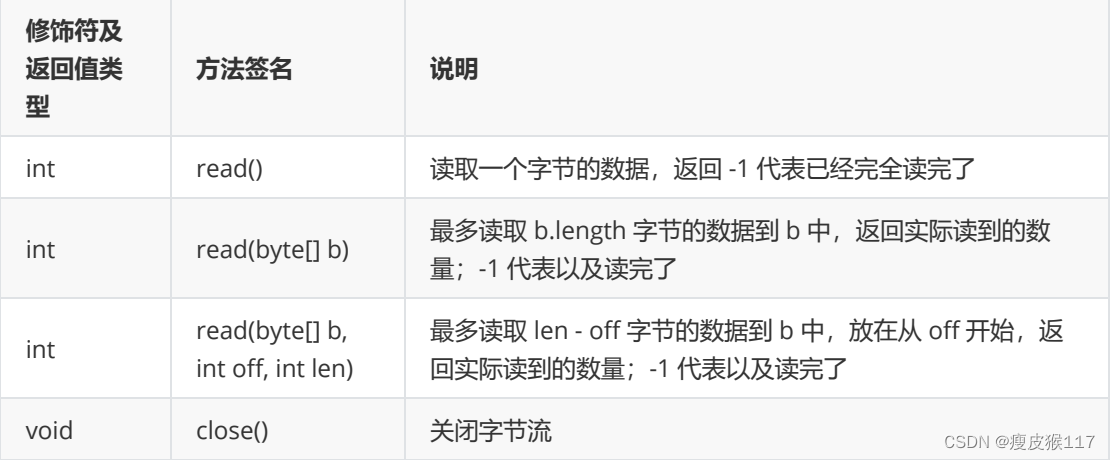
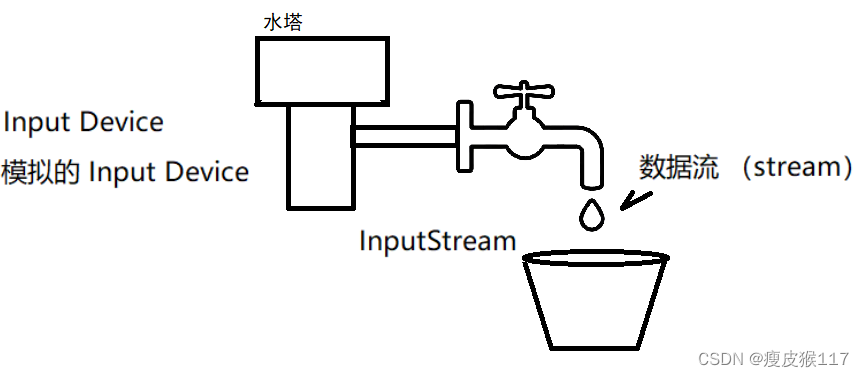
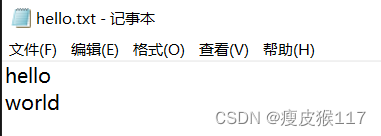
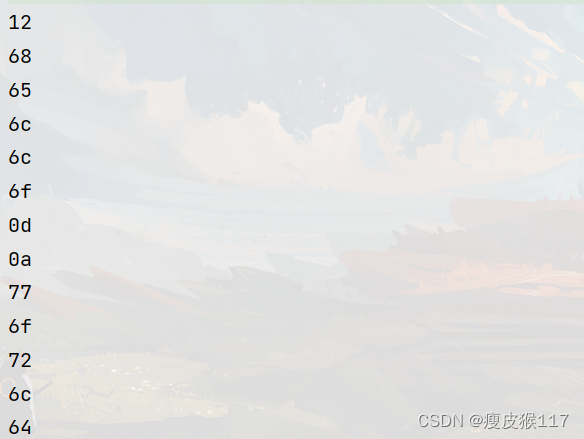

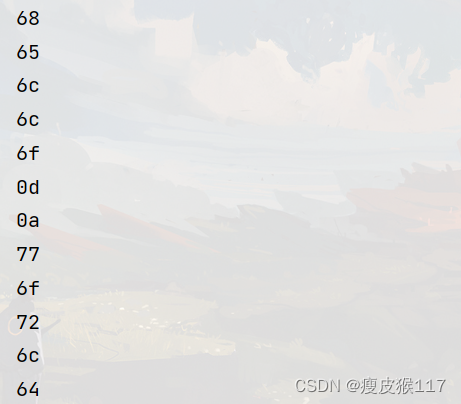

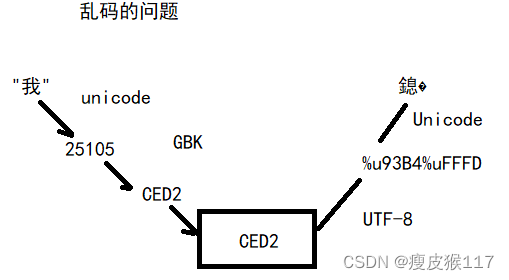
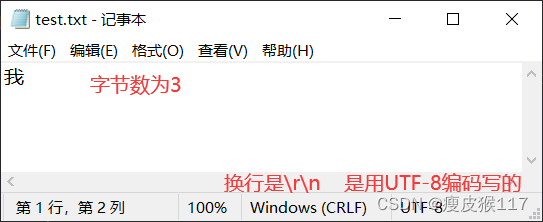

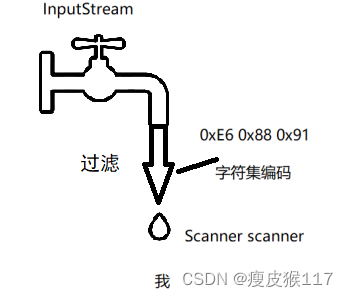


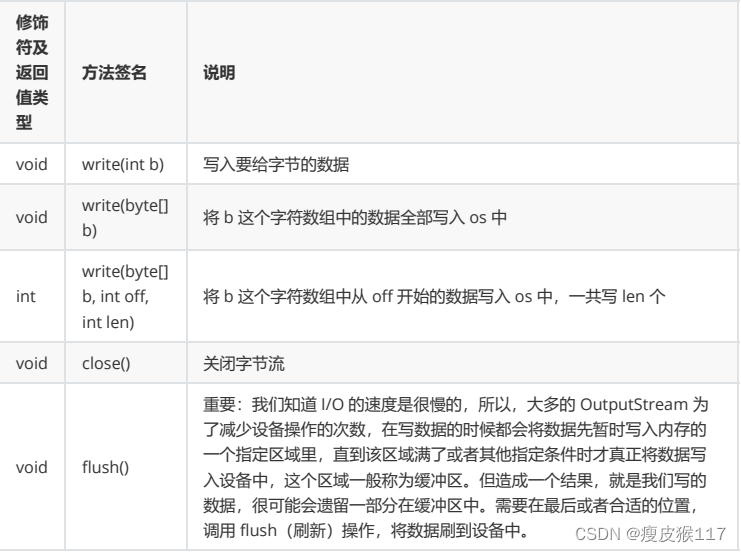
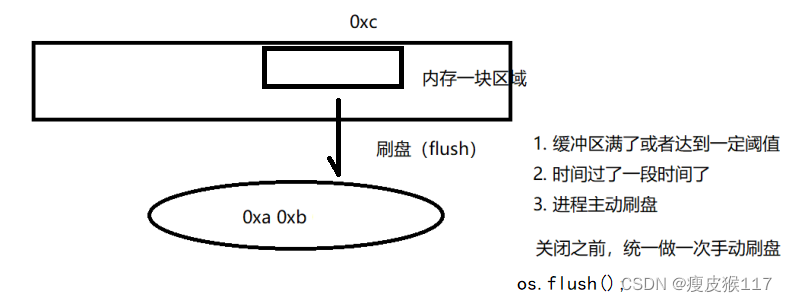


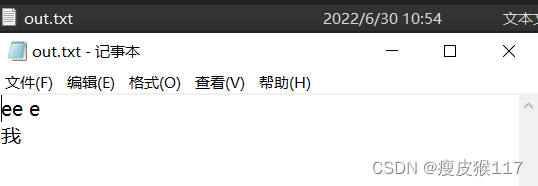







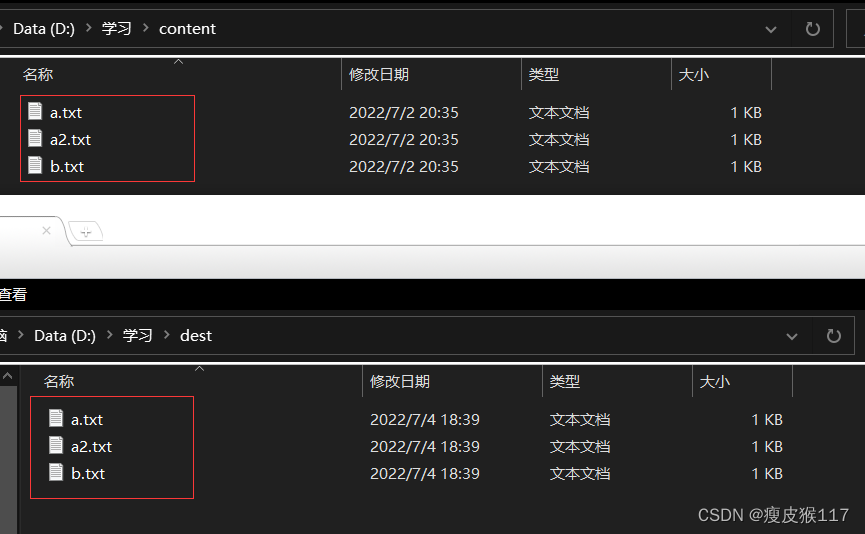















 386
386











 被折叠的 条评论
为什么被折叠?
被折叠的 条评论
为什么被折叠?










